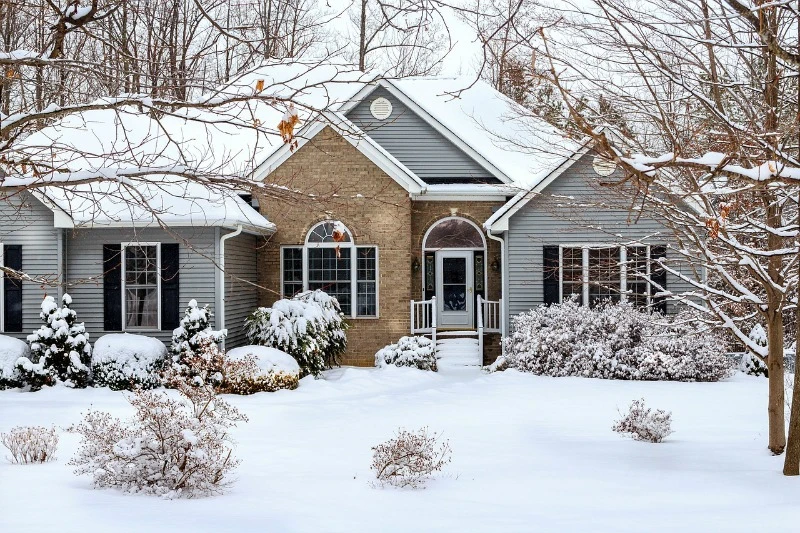3 Types of Cladding for Your Home
Cladding, or siding, for your home needs to work on more than one level. It insulates your home against any extremes in temperature and weather, but you also want it to look good. You want any cladding that you choose for your home to add to its value and to improve your living environment. This is why it’s important to choose the best cladding material for your home in the first place.

Image via Pixabay
There are several aspects that you need to think about when you are choosing cladding, including cost. One of the most important things to remember when you are considering the cost of cladding your home is that you need to look at it in the long term. We are going to take a look at the pros and cons of three materials you may want to consider if you are looking at cladding your home.
Vinyl cladding
Vinyl cladding is one of the older types of cladding and has been popular since the 1970s. It originally came into use as a cheaper alternative to aluminium cladding. At the time of its introduction vinyl was hailed as something of a marvel material in the world of cladding. It was affordable and it seemed to have excellent weatherproofing and soundproofing qualities.
Vinyl was also marketed as being low maintenance which was obviously attractive to those wanting to clad their home. Although vinyl cladding is still popular as a lower cost cladding option, it has been shown that there are negatives to its use. Vinyl cladding expands and contracts with changes in temperature which can cause it to crack. This can lead to water leaking into your home. This type of cladding is also fairly thin which means it’s easier to damage.
Timber cladding
Many people like the idea of timber cladding as it’s a good fit with the exterior look of a property; after all, the way your property looks is very important. You should not forget that the performance of the cladding you choose is also important. Timber has a tendency to be vulnerable to some extreme weather conditions and it can fall victim to mildew and rot.
Pallside cladding
The ideal type of cladding for your home is one which has plenty of durability. This applies to Pallside cladding, such as that supplied by peterbracey.com.au. This is not the cheapest form of cladding on the market but it is made to last. It’s highly effective in protecting against extremes of temperature and it’s thick. This means that it can protect your home against extreme weather conditions, such as hailstones. Pallside cladding does not warp and it keeps its color. This means that you can be sure that the exterior of your home will consistently look good as well as being protected.
You can see that you have options when it comes to choosing the best cladding material for your home. Hopefully, we have provided you with some useful information you can use when making your choice.
